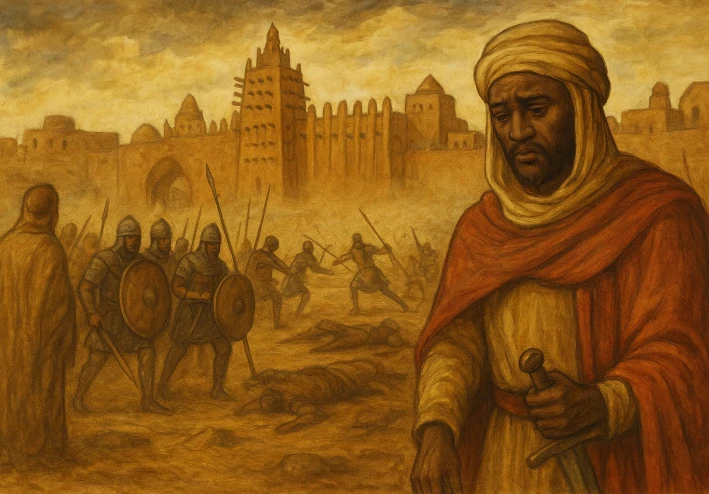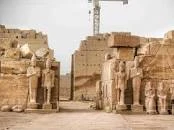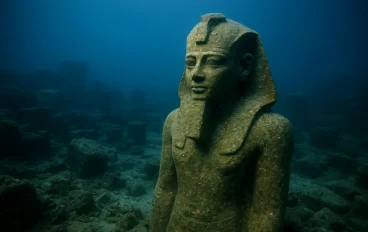
The Fall of the Mali Empire
The Fall of the Mali Empire
The Mali Empire once stood as one of the greatest kingdoms in West Africa, a beacon of wealth, trade, and culture. Its golden age during the reign of Mansa Musa left tales of grandeur that echoed across deserts and seas. Yet like all great empires, its strength would wane, and its decline would become a lesson of time and fate.

In the 14th century, Mali thrived under rulers who valued both trade and learning. Gold and salt flowed through its cities, while Timbuktu emerged as a center of scholarship where scholars and students gathered from across the Islamic world. Caravans stretched endlessly across the Sahara, their backs laden with treasures that enriched the empire’s coffers. The empire’s vastness was its pride, stretching across rivers, forests, and deserts, uniting diverse peoples under one flag.
But prosperity often brings envy, and the Mali Empire faced challenges from both within and beyond. The succession of rulers after Mansa Musa lacked his vision and strength. Kings fought for the throne, and the empire fractured as provinces grew restless. The Songhai, once loyal subjects, began to seek independence, testing Mali’s military might. Rival cities challenged authority, and local leaders seized the chance to rise. The once-united land began to crack, each fracture deepening as disputes grew.
By the 15th century, the Songhai kingdom under Sunni Ali launched bold campaigns. They wrested control of key trade centers along the Niger River, including Gao and later Timbuktu. Mali, weakened by internal strife, could not withstand their relentless pressure. The empire’s armies, once feared across Africa, were scattered and outmatched. Each battle stripped Mali of strength, until the heart of its wealth, the Niger bend, slipped from its grasp.
The decline was not only from foreign conquest. The shifting trade routes played a devastating role. New coastal ports opened opportunities for European merchants who bypassed the Sahara, seeking gold and goods directly from the Atlantic. The caravans dwindled, and Mali’s economy shrank. Wealth no longer flowed freely into its markets, and the empire’s once-bustling cities lost their brilliance. Without riches to bind them, loyalty among provinces crumbled further.
The 16th century saw the empire reduced to fragments. Once-great Timbuktu, Jenne, and Gao were absorbed into the Songhai Empire, which rose to dominate the region. Mali retreated to its core lands around Niani, clinging to fading glory. The proud empire that had dazzled the world was now only a shadow of itself. Eventually, even its remnants fell under the pressure of Moroccan invasions and the changing tides of history.
Yet, the fall of Mali left behind more than ruins. Its legacy of scholarship, architecture, and cultural exchange endured. Timbuktu’s manuscripts, preserved for centuries, bore witness to a time when Mali was the guardian of knowledge. Its mosques and learning centers became symbols of an empire that, though fallen, had once illuminated Africa and beyond. The story of Mali’s rise and fall is not just one of wealth and conquest, but of the fragile balance between power, unity, and change.
The Mali Empire’s decline teaches us that greatness is never eternal. What endures are the ideas, culture, and lessons passed through generations. And so, even in its fall, Mali carved its name into the chronicles of history, remembered as a land of gold, wisdom, and resilience.




































